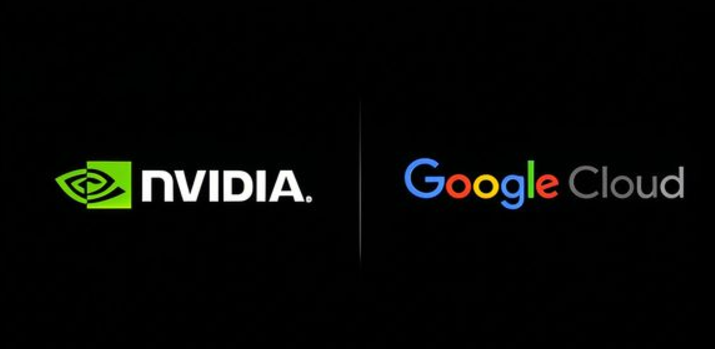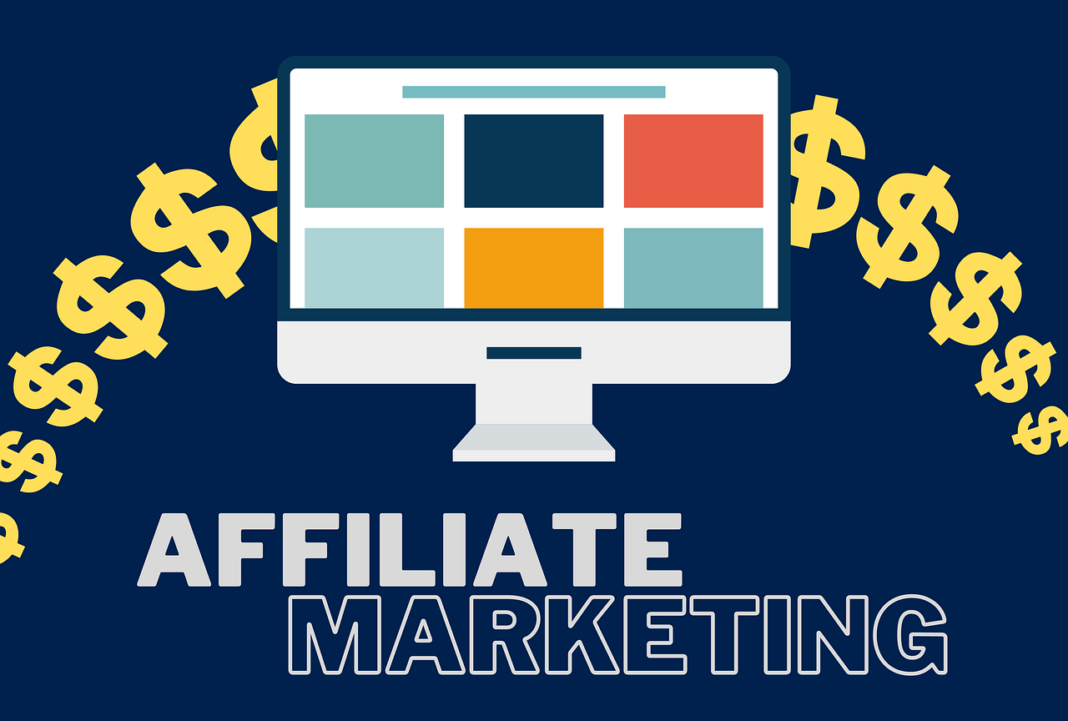In the competitive world of digital advertising, Facebook and Amazon are two of the most powerful platforms for businesses looking to grow and engage their audiences. However, the true potential of these platforms can only be unlocked with an in-depth understanding of the ad structures, bidding strategies, and optimization techniques that drive performance. This guide not only breaks down the essential elements of successful advertising but also integrates data analysis and algorithm-driven approaches to help you optimize your ad campaigns and increase your return on ad spend (ROAS).
The Foundation of Facebook Ads: Creativity and Bidding
The success of a Facebook ad campaign hinges on two key components: creativity and bidding. Let’s dive deeper into each.
1. Creativity: The Heart of Engagement
Effective ad creativity goes beyond attractive visuals. It’s about delivering a message that resonates with the audience and prompts them to take action. Creative elements include images, videos, ad copy, and CTAs (calls to action). While it’s important to create high-quality visuals, data analysis and testing can reveal which creative formats work best for different audiences.
Data-Driven Approach to Creative Optimization
To optimize ad creatives, data analysis can help identify which types of ads perform better across various segments. By analyzing metrics like click-through rate (CTR), conversion rate, and engagement rate, you can tweak your creatives accordingly.
Example Data Analysis:
- CTR = (Total Clicks / Total Impressions) * 100
- Conversion Rate = (Total Conversions / Total Clicks) * 100
Key Insights from Data:
- Ads with video content often have a higher CTR than static images, but video ads require more budget and testing to determine which parts of the video (e.g., first 5 seconds) drive the most engagement.
- Short-form copy performs better in mobile-first ads, while long-form copy can work well for more engaged desktop users.
- Dynamic Ads (where the creative changes based on audience data) often outperform static ads, as they are more personalized.
2. Bidding: The Key to Efficient Ad Spend
Facebook’s bidding strategy allows you to determine when and where your ads are shown. The platform offers manual and automated bidding options, with advanced features like Campaign Budget Optimization (CBO) and Ad Set Optimization (ABO) helping you control your budget allocation.
Automated Bidding: Facebook uses machine learning to optimize bids for the best possible outcomes. Automated bidding helps you manage large campaigns without manually adjusting bids for every ad set.
Manual Bidding: For advertisers who prefer precision, manual bidding allows you to set the exact amount you are willing to pay for a click or impression.
Example Facebook Bidding Algorithm (Pseudo-Code):
# Facebook ad bid algorithm (simplified)
def calculate_bid(cpc_bid, conversion_rate, ctr):
# Adjust bid based on conversion rate and CTR
bid_adjustment_factor = 1 + (conversion_rate * 0.5) + (ctr * 0.2)
optimal_bid = cpc_bid * bid_adjustment_factor
return optimal_bid
The algorithm above adjusts the bid based on the conversion rate and click-through rate (CTR), which ensures that the bid amount is aligned with the expected performance of the ad.
Media Buying Strategies: Leveraging Advanced Features
Media buying is the process of purchasing ad space to display your creatives. The goal is to optimize ad spend to get the best possible results. Facebook provides advanced features like Ad Set Optimization (ABO) and Campaign Budget Optimization (CBO) to streamline this process.
ABO vs. CBO: Understanding the Difference
- ABO (Ad Set Optimization): This method allows you to manually allocate budgets across different ad sets, providing more control over which audiences and creatives perform best.
- CBO (Campaign Budget Optimization): CBO, on the other hand, automates the process of allocating budget across ad sets. It optimizes spend in real-time based on which ad sets are performing best.
Case Study of CBO Performance: A business running a CBO campaign with a $1,000 budget across 4 ad sets sees the following performance:
- Ad Set 1: $300 spent, 200 clicks, 20 conversions
- Ad Set 2: $250 spent, 150 clicks, 10 conversions
- Ad Set 3: $200 spent, 250 clicks, 30 conversions
- Ad Set 4: $250 spent, 100 clicks, 5 conversions
Using CBO, Facebook will automatically allocate more of the budget to Ad Set 3, which has the best conversion rate and CTR.
Advanced Optimization Algorithm (CBO Optimization):
# Simple CBO algorithm for budget allocation
def optimize_cbo(ad_sets, total_budget):
total_performance = sum([ad_set['performance'] for ad_set in ad_sets])
for ad_set in ad_sets:
ad_set['allocated_budget'] = (ad_set['performance'] / total_performance) * total_budget
return ad_sets
In the above Python code, the algorithm reallocates the total budget based on the relative performance of each ad set. This ensures that more budget is given to high-performing ad sets, maximizing the campaign’s overall effectiveness.
Testing and Scaling: A Methodical Approach to Growth
Testing and scaling are crucial aspects of Facebook advertising. Regular testing allows you to refine your approach, while scaling ensures that you can maximize the results of high-performing campaigns.
1. A/B Testing for Continuous Optimization
A/B testing involves running two variations of an ad (or element of an ad) to see which one performs better. By analyzing key performance metrics (e.g., CTR, conversion rate, ROAS), you can identify the most effective creatives, audiences, and bidding strategies.
Example A/B Test Setup:
- Ad 1: Image of product, CTA: “Shop Now”
- Ad 2: Video of product in use, CTA: “Learn More”
Metrics to Track:
- CTR
- Conversion Rate
- ROAS
- Cost Per Conversion (CPC)
2. Scaling Successful Campaigns
Once you identify the winning ad elements, scaling becomes the next logical step. This can be done vertically (increasing the budget) or horizontally (targeting new audiences).
Scaling Algorithm (Vertical Scaling):
# Simple vertical scaling function
def scale_campaign(budget_increase_percentage, campaign_data):
for campaign in campaign_data:
campaign['new_budget'] = campaign['budget'] * (1 + budget_increase_percentage / 100)
return campaign_data
In this example, vertical scaling increases the budget of successful campaigns by a set percentage to drive more impressions and conversions.
Scaling Tips:
- Vertical Scaling: Increase budgets on high-performing ads.
- Horizontal Scaling: Expand your audience by targeting new segments, geographical locations, or interests.
- Stop-Loss Rules: Implement stop-loss rules to automatically halt ads if their performance dips below a certain threshold, protecting your budget from wastage.
Amazon Advertising: A Parallel Strategy to Facebook
While Facebook thrives on user engagement and interest-based targeting, Amazon is fundamentally a search-based platform where intent is key. Here, the goal is to drive sales, and therefore ad strategies need to focus on product variants, keywords, and conversion metrics.
A/B Testing and Variant Optimization on Amazon
Just like on Facebook, A/B testing is essential on Amazon. You can test different ASINs (product variations) to see which ones generate the most sales. Amazon also offers powerful dynamic bidding features, where bids are automatically adjusted based on the likelihood of a conversion.
Amazon Algorithm for A/B Testing:
# Amazon A/B Test Optimization (simplified)
def optimize_amazon_ads(variants, budget, max_bid):
for variant in variants:
# Check sales data and adjust bid for top-performing variants
if variant['sales'] > 50:
variant['new_bid'] = min(variant['bid'] * 1.2, max_bid) # Increase bid for successful variants
else:
variant['new_bid'] = max(variant['bid'] * 0.8, 0.1) # Reduce bid for underperforming variants
return variants
This pseudo-code adjusts bids based on the performance of different product variants, ensuring that top-performing ASINs get more visibility.
Continuous Monitoring and Feedback Loops
Both Facebook and Amazon advertising require ongoing optimization. As the e-commerce landscape shifts and new competitors emerge, keeping your ad campaigns agile and responsive is critical.
- Monitor Key Metrics: Track performance regularly, including CTR, conversion rates, and sales data.
- Refine Targeting: Continuously adjust your audience segmentation to focus on the most profitable customers.
Conclusion: Mastering Advertising with Data and Algorithms
Whether you’re advertising on Facebook or Amazon, data analysis and algorithm-driven strategies are key to maximizing your ad performance. From optimizing your creatives with data insights to refining your bidding strategies and scaling winning campaigns, there’s always room for improvement. By leveraging advanced tools and continuously analyzing the performance of your ads, you can create campaigns that not only engage users but also drive significant business growth.
Remember, advertising success doesn’t happen overnight. It requires constant testing, learning, and adapting. Start small, optimize based on data, and scale intelligently to unlock the full potential of your ad campaigns.


